If you haven’t yet read it, read part one of Why Music Videos Don’t Cost $500.00 now.
Before the meat of this article, let me introduce myself. Actually, let me tell you who I’m not. I’m not Jason Sirotin, who wrote a bang-up article that made up part 1 of this 2-part effort (and is probably the reason you clicked this link). I’m Marc Patterson – husband of Kim, father of 4, fan of faith, and writer of freelance who gratefully stumbled into the status of “ECG Groupie.” After a recent move to GA from OH, I was blessed to meet the team at ECG and to begin instantly being impressed by what they do and how they do it. Not many guys with my background get an opportunity to see all that goes into the content we see online, on TV, and on the silver screen. Beyond “what” and “how,” I’m impressed by “who” ECG is. They’re more than a highly skilled team, they are best friends. That doesn’t make a difference; that makes the difference. I’ll be writing some blog articles from time to time and doing some interviewing to let you know what’s new at ECG. Be on the lookout! Hope you like what you read.
On April 17th, Jason Sirotin, Principal at ECG Productions, launched an article into the blogosphere that resonated with many in both the video production and the music industries. His commentary nailed identifying the vast chasm that exists between musicians and music video producers. An unavoidable struggle ensues when talented and passionate artists don’t understand the craft and costs of producing career enhancing (and in some cases career launching) music videos. Producers are left with raw nerves and little hair as they attempt to help musicians grasp why a camera and a few hundred bucks just won’t get it done. Jason’s hope is that his article can become a reference piece to which both producers and musicians can refer. His ultimate goal is to ease the struggle and create common ground for positive creative collaboration. With the overwhelming response the first article generated, there’s good evidence that Jason’s goal is being realized.
“Why Music Videos Don’t Cost $500” captured my attention as well which is a little strange considering I’m not an artist, haven’t written a song, and will likely never attempt to produce a video of any kind. Nevertheless, I’ve always been fascinated by what happens “behind the curtain.” Jason’s article drew me in to a world that I (and I’m sure many others) have wondered about. It gave even me a clear, graspable view of the complexities and huge value of quality music video production: the type of production quality that ECG and other like-minded companies strive for in every project they undertake for every artist willing to do it right.
I had the pleasure of spending a little time with Jason and posing some of my own follow-up questions. I especially wanted Jason to help me understand all the players and prices involved in creating a quality music video. If you scroll through his first article to the info on staff and day rates, you can follow along. Our interview is offered to you as Part 2 of “Why Music Videos Don’t Cost $500”:
M: Jason, I think my first questions relate to the list of players and prices you put together in the first blog. Bear with me. Mine is an ignorant point of view, but obviously artists/agents looking to make a music video don’t always have this info or you wouldn’t have included it. Let’s run through your list together. The “producer” – I think most people understand what the director is and does, but what are the essential things a producer does?
J: A producer makes everything happen. A producer is responsible for making sure that everything goes according to plan and stays on budget. He or she is basically in charge of everybody, including the director. The producer is there to help the director create the vision and insure that the director has all the tools in his or her arsenal to create the best product. Depending on the size and scope of the project, there is a “line” of division among all the players on the production team. The producer is in charge of everyone above the line and another player, the unit production manager (or UPM), is in charge of everyone below the line. Above the line are the producer(s) and director and below the line are the director of photography, your assistant directors, your grips, electrics, your camera ops – all of that stuff.
M: If the producer is really over the director, why is it that the director often makes more money?
J: The director is the insurance policy that the project is going to be great. He is the lead creative, especially on a music video. There has actually been some controversy with my first blog article – that the producer rate is low, but really in music videos the director is the most important part. People will spend big money on an established director, but a good producer can be a lot of different people. A good director is a certain kind of specific person that you have been looking for with a very specific vision.
M: He’s like your number one ace on the baseball team, whereas the producer is more like the manager?
J: That’s a great analogy.
M: Then tell me about assistant directors and second assistant directors…
J: The assistant director (AD) is in charge of making sure that everything happens on schedule. So you’ll have a strip board that will have the day and time slots. It will show everything that needs to happen in the day and there will be a time schedule allotted to that. The AD makes sure that everybody is moving efficiently. So you might ask the director of photography how long its going to take to set this shot up, why isn’t the lighting team moving fast enough? The director is focused on the creative and the AD is the guy with the whip making sure that everything is going on so that the director can focus on the creative. Now a second assistant director (2nd AD) is typically in charge of the extras or any ancillary duties the first AD is too busy to handle. Say on a music video set you might have 50 extras and you might need them to walk from point A to point B. The 2nd AD will usually place the extras, will tell them to go to their A marks and B marks on an action, will often direct them on what to do while the director is directing the main talent and the AD is controlling the set.
M: I totally get that. Everything depends on how large the shoot is, the size of the set, and the people involved. That will dictate how many assistants are needed – what kind of layers are needed.
J: Exactly.
M: Does that same principal apply to other assistants on your list – for example, the first assistant camera?
J: It can go a couple of different ways. Sometimes the director of photography (DP) actually shoots and he’ll operate the camera, and sometimes there is just a camera operator. So there will be a DP who will tell the lighting department what to do and tell the camera guy what to do and sometimes he is actually operating the camera. Typically on a music video set that’s how it works. And then you have your assistant camera (AC) who does all your lens changes. He/she will swap out the media, be it film reels or solid state media or a hard drive, or any of a multitude of things. If the camera needs to be put on a dolly he’ll be the one who disassembles the rig and puts it back together. One of their biggest responsibilities may be “pulling” focus. So, if you are using film lenses, if you move the camera in any direction towards a subject or away, you have essentially ride the focus ring as you move so that the subject remains in focus. The first AC is usually the lead focus puller. Then there is a second AC who assists the first AC.
M: Forgive me, but who is the “gaffer”?
J: The gaffer is head of the electrical department, so he will work to make sure the DP is getting everything lit the way he wants it and he makes sure you have enough power to make it happen. A good gaffer is essentially a good electrician.
M: DIT?
J: DIT stands for digital imaging technician. Today, you’re rarely shooting on film. Instead, you have media that is on solid state cards or hard drives, so the DIT will take that media from the camera department, back it up securely and start logging & organizing the footage. Typically, you’ll have two backups before a card or hard drive can be wiped. If you’re working with two-system sound, the DIT usually syncs the audio as well. Dailies are just like on a film set. Whatever you do in a day, the Director usually wants to see before the next day so that they know they have everything and can move on. A good DIT has everything ready for the editor to dive into the cut the moment the production wraps.
M: Rigging Grip?
J: Rigging grip is essentially the person who hangs the lights and builds anything used to rig either the camera or electrical equipment.
M: Dolly grip? I assume that relates to the camera?
J: That’s the person that puts the camera onto the dolly, operates the dolly, and manages everything concerning the dolly.
M: Electric?
J: Electrics are the team who work under the gaffer. You might have a third electric or someone like that and their whole job might be running power cables.
M: Steadicam operator?
J: A Steadicam is a gyroscopic stabilization system that allows you to move with the camera rig attached to your body. You can run with it, jump with it, etc. and it remains steady. For example, that’s how Rocky runs up those steps. There is a Steadicam operator running up those steps with him locked on his every move.
M: Obviously, a Steadicam may or may not be needed…
J: Yes, it totally depends on the needs of the production. A lot of the players on my list are ancillary. You may have a concept that’s simple enough to shoot with a lot less people. I’m giving you everybody in case you want to know all that could be involved, no matter how complex the shoot.
M: Production designer?
J: The production designer (PD) is in charge of the look of the video. The PD takes the vision from the director and brings it to life. Take our video for “Burn the City Down”. The production design team took the vision I had of the band running around in this crazy surreal gingerbread town and they made it happen. They are in charge of the look and they lead the set decorators as well as other players such as the art department.
M: So the art director would be under the production designer?
J: Yes. The art director typically handles the logistics/budgeting and quality control of the art department and acts as a liaison to the other departments.
M: “Set dresser” is just as it sounds?
J: They dress the set and make sure the camera sees what its supposed to.
M: Boom operator?
J: A “boom” is essentially a pole with a microphone attached to the end of it. The boom operator assists the production sound mixer and is in charges of mic placement. On short music videos, a boom op is not always used. But these days, artists are doing more videos that are like short films with dialogue, nat sound, etc.
M: I think we’ve covered the list. Is there anything else you want to share with someone who really wants to be informed and wants to do whatever it takes to enter a music video project the right way?
J: Something that many misunderstand and something that causes confusion in the marketplace is the rise of affordable video technology and easily acquired equipment. Many think they can go out and buy a DSLR camera with “nice” lenses and shoot a great music video. You can get a decent DSLR with a serviceable lens for around $1500. That doesn’t automatically mean that you are going to know how to make a great video. I often hear, “I’ve got a camera!” Ok, congratulations, but do you know how to use it? Do you know how to frame a shot? Do you know how much light you need? Do you know where your ISO needs to be? Do you know where your F stop needs to be? Do you need a jib? A crane? A Steadicam? HMIs? Are you shooting in a club? There are so many different variables. There’s a reason why so many people assume that music videos don’t cost anything. They have a “pro” camera and “pro” editing software so they think they have all the tools to be a pro. If it only took a camera and some software, then everyone who had even a passing interest would make successful movies and music videos. It just doesn’t work that way.
M: Thanks for taking the time to break down all the players and roles for me. I realize now that your list isn’t just a roster of paid help. Instead, it’s a key that opens the door and reveals a larger picture of the entire process involved in making a great music video.
J: Totally…and remember, you have probably four times as much gear as you have people. You could be talking about a light that rents for $180 a day… one light. It all adds up really quickly. The great thing is that there are companies like us that have a lot of our own gear. If we like the project, we’re sometimes willing to throw in things for free because we want the final product to be awesome. Music videos for us are an act of passion, not just an act of business.
M: That’s why you are in this industry, not just to pump out products. You want the experience to be good for all involved.
J: If you want to create a good product, it’s got to be fun. If we wanted to produce shitty content just to earn a paycheck, we wouldn’t take the time to help people understand this stuff. We’d just take whatever came along, pocket the cash, and go home.
M: Thanks for the time. More importantly, thanks for the education!



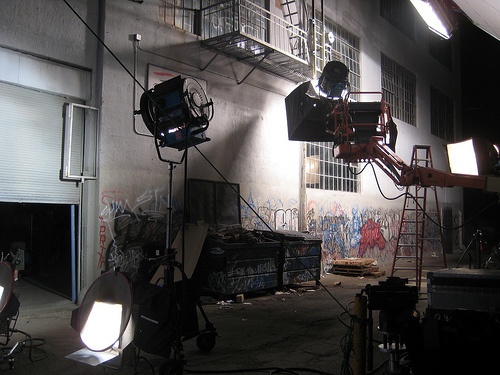
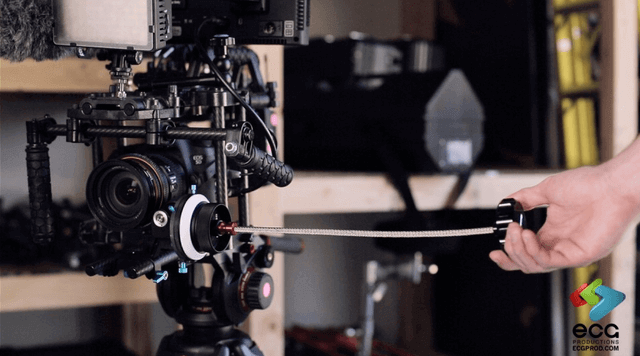
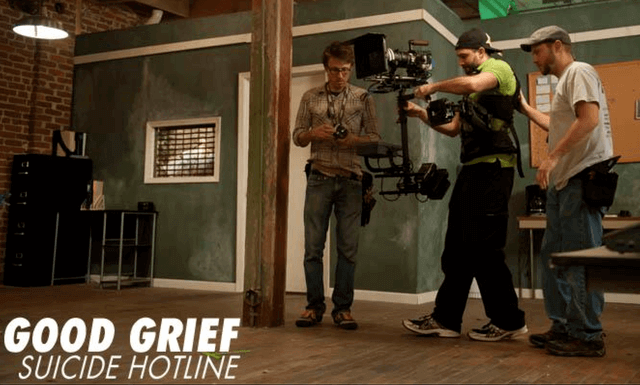
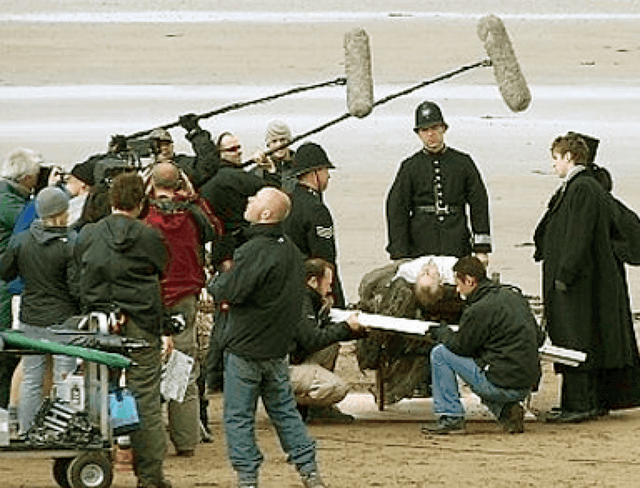
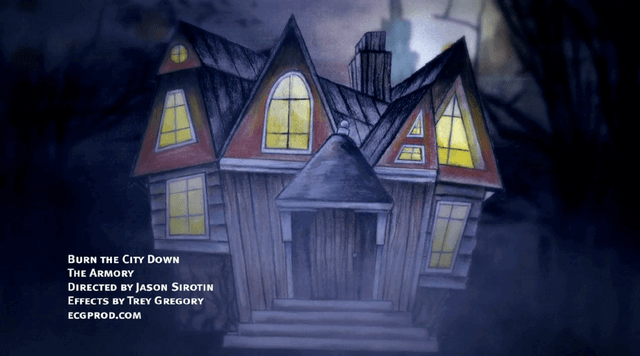
5 Responses
Thoroughly enjoyed this one just like part one. Keep up the great work!
Great article, Sharing it where I can!
That was very interesting & informative, every little bit of education is a great help..a real bonus in fact.
Thanks
Michael